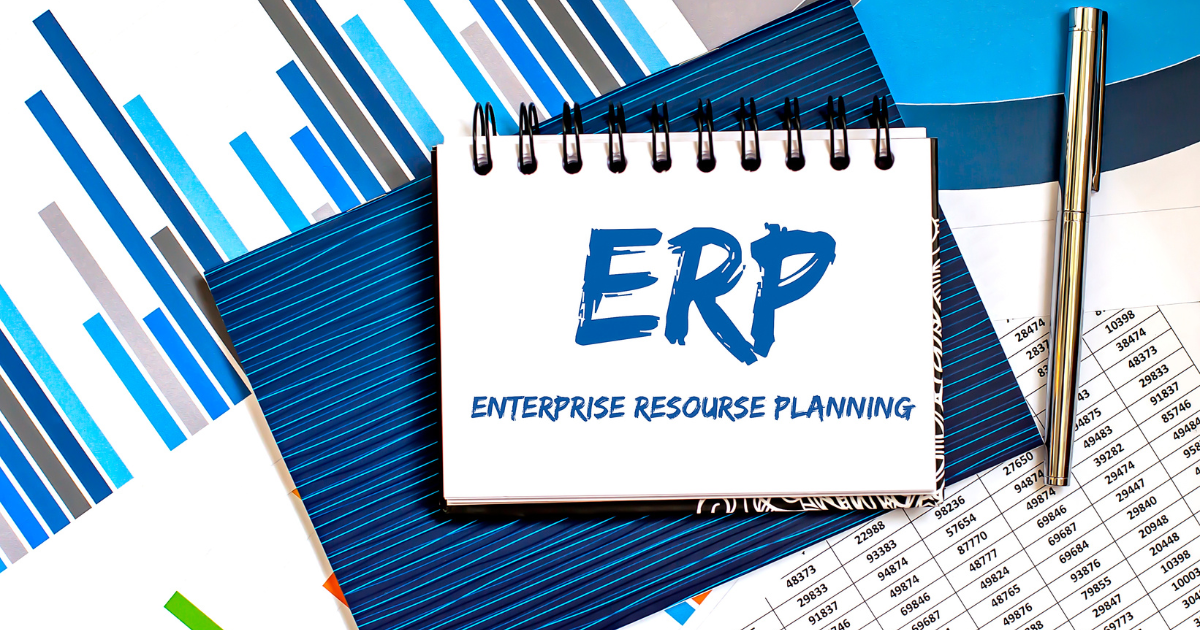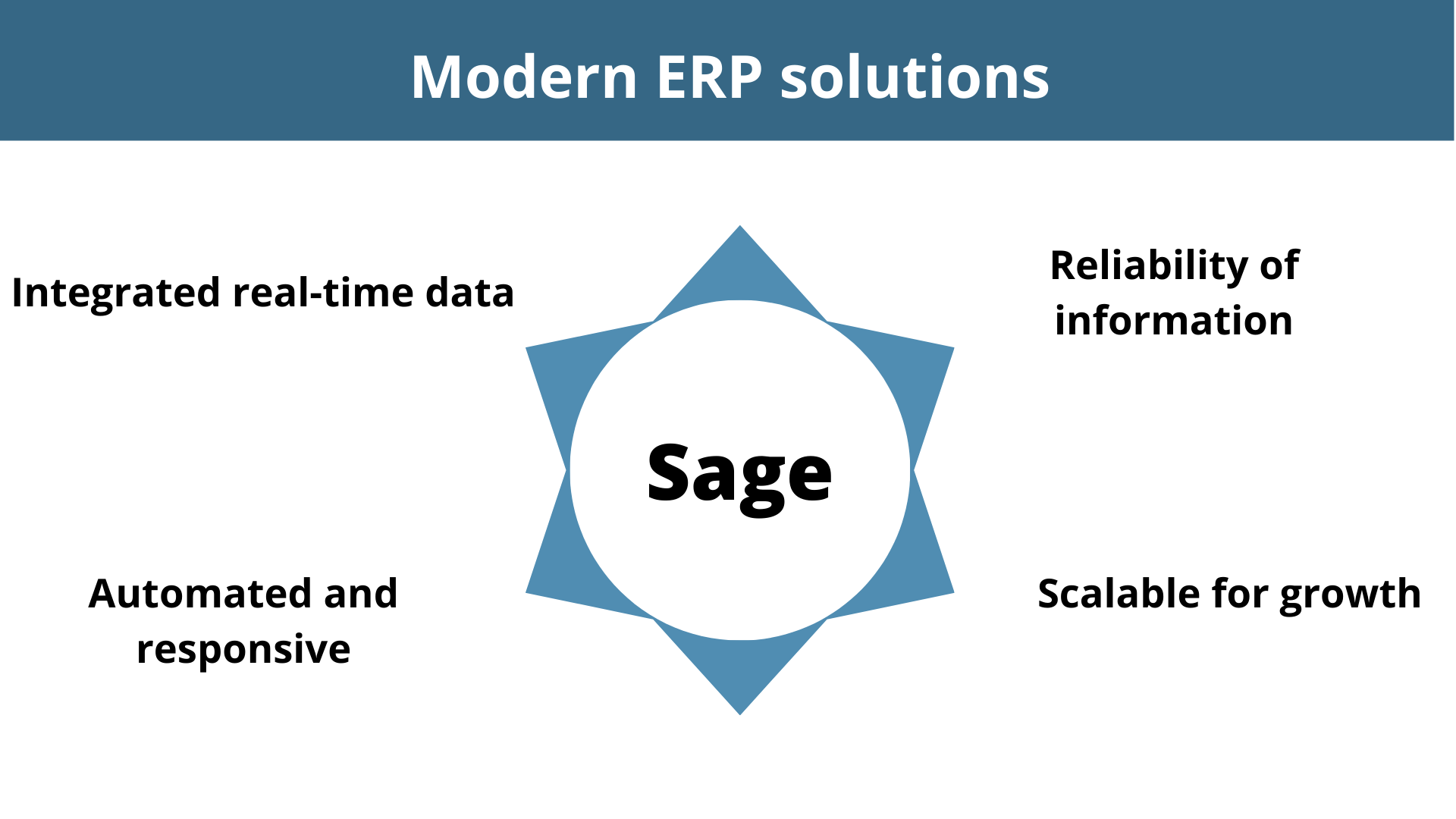Enterprise resource planning is a suite full of smart features that automates all business functions and efficiently manage everyday business activities. This technology is widely used by businesses to gear up their business growth. It simplifies all the complex business processes and helps gain control of the company.
Modern ERP systems are flexible, scalable and modular for any business. It is customizable based on any business requirements. This technology can solve any business problem if the right system is implemented for the business.
In this blog, let us bust some ERP implementation myths that many businesses perceive it as the truth. ERP implementation involves planning, replanning, decision-making, time, resources and many other initiatives. It is a significant investment made by businesses to improve the company’s productivity.
ERP Software Implementation Overview
ERP implementation involves different stages, steps and measures that are listed below :
- Analysis of business requirements.
- Training and testing.
- Software implementation.
- Configuration options and settings.
- Migration of financial and transactional data from old systems.
- Setting up user access to all employees, defined roles and security options.
- Prepare to give necessary training to the end users.
- Provide live support and project review.
Gathering insights, planning and testing are the most significant of all the functions.
How long does an ERP implementation take?
ERP implementation is a significant process which takes a lot of time and effort for perfect implementation. Normally its implementation takes about four months to two years, depending on the circumstances and the size of the company. When it comes to implementation duration, the concept ‘one size doesn’t fit all’ justifies. Maybe one business needs one of its processes to be integrated, while another needs to implement thousands of SKUs, multiple warehouses and goods shipped globally. Normally, large companies with high turnover take many months to implement ERP.
As soon as the implementation process is over, the software will start functioning without any issues. Businesses opt for third-party plug-ins and customizations that take longer time to deploy in the company. Always opt to partner and work with an experienced and reliable ERP vendor who understands your business and helps deal with all the technical issues. It will minimize the risk, reduce the duration, and help keep the implementation project on budget.
Best Implementation Method
ERP deployment can be categorized into two types- big bang ERP implementation and phased approach.
The big bang implementation method shortens the deployment timeline. In this type of implementation, all the modules or processes go live simultaneously. The drawback is that it can disrupt the business’s daily activities and strain the employees’ work.
In a phased approach, implementation is done step by step, such as one module at a time. Implementing this will take a long time, but it is worth it. It is also known as land and expand, and it is slowly implemented in the business over a period of time. This will reduce the problems of the internal staff. Your technology staff is well aware and has a good understanding of the methodology to be implemented.
Five ERP Myths that can Stall Your ERP Software Implementation
Relying only on internal sources to save money
The internal team of the company have daily activities to deal with. So it will be stressful to ask them to split them between the ERP implementation project and everyday work. It is better to get support from the vendors so that the internal team will have less stress.
Employees to be aware of the new software
A business will plan to implement new software when the old software no longer works for the company. So in this planning, employees must be included. It is significant to know their opinion on the change to help them research and learn to interact well with the system. The timing that an employee is asked to participate is both an art and a science. If the employee is aware of the entire ERP project, it will be easier for them to adapt and interact with the system.
IT team to be best aware of what’s best for business
Well, undoubtedly, we all can accept the fact that IT is indeed like the heart of the company. They know the best to grasp the existing technology architecture of the business. They are experts in identifying the current system’s flaws and easily rectifying them.
But it is wrong to assume that they know every technology and emerging new trends. Even they have to do their research and learn about the product. They should be given the training to get a complete 360-degree view of the technology to assist during implementation. The in-house IT experts are valuable contributors to the ERP project, but they don’t specialize in choosing the best technology for the company.
A set budget is enough
A business can never fix a budget for its implementation, it can approximately calculate the total value of the implementation cost. Implementation has a lot of parameters and variables. Plus, the businesses will opt for customizations. If some features fail, they will have to look for new options. There will be internal and external costs to bear, internal costs can be data cleansing, training, backfilling, steering committees etc.
Customizations can be costly, the larger company requires more customizations can be expensive. The requirements will arise even during implementation.
Customizations are not required for the business
It is a highly digitalized and advanced world. ERP is a brilliant technology that offers the business best practices, but companies are of different types and sizes. Modern ERP systems provide customizations that effectively stay competitive in the market.
Businesses can opt for heavy or slight customizations based on their business requirements. The main reason any business gets customizations is to get a competitive advantage. So, having no customizations will not be that effective for the company to stay in the market. Wrapping up, these are some of the myths of ERP system implementation. Learn and research more about it to get a complete understanding. Choose an experienced ERP vendor to suggest the best for your business. Set an approximate budget and do what is best for your business.
Sage X3
Sage X3 is an intelligent business management solution to manage the everyday activities of the business. It deeply optimizes all the core functions of the company. Sage X3 offers features that can be customizable based on any industry’s requirements. The ERP vendor provides training and support. Sage X3 is a suite of rich features required for businesses to grow and increase revenue. Make an impactful decision for your business by implementing Sage X3.
Sage Software Solutions is a leading IT company with an array of advanced ERP Software solutions. Our proprietary products — Sage X3 and Sage 300, will help you cut operational expenses, improve business productivity, increase operational efficiency, forge robust customer relationships, and strengthen associations with vendors, suppliers, and distributors. So, if you are looking to reinforce your business fundamentals and emerge as an industry leader, then please schedule a call with one of our sales representatives.





